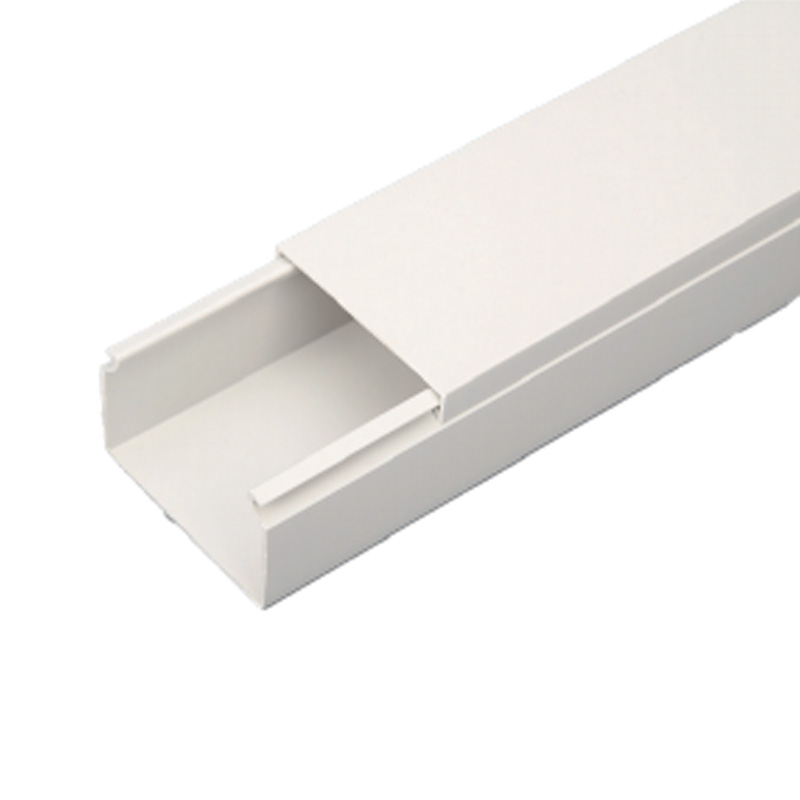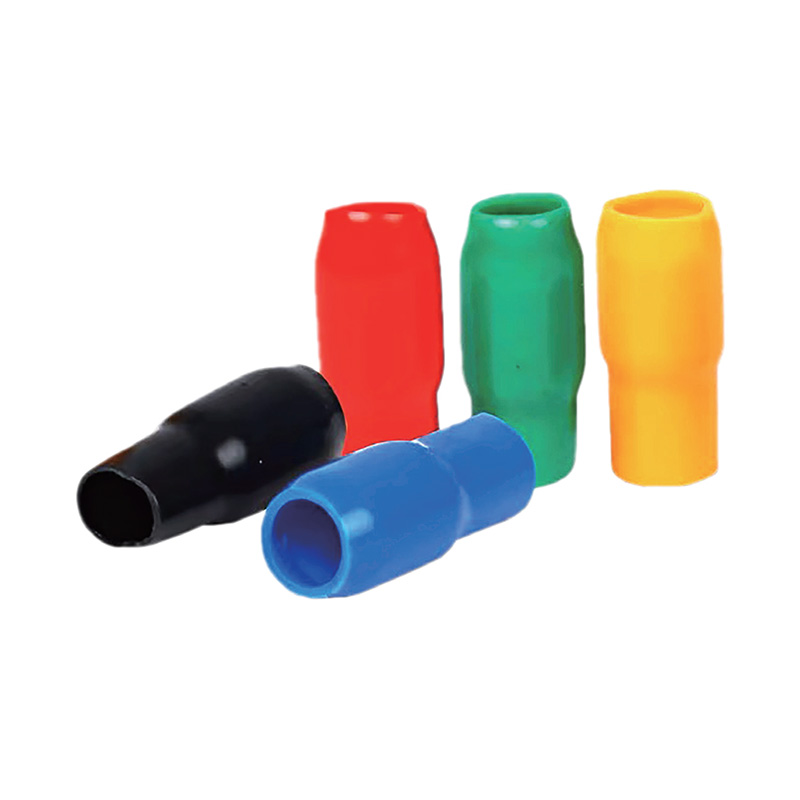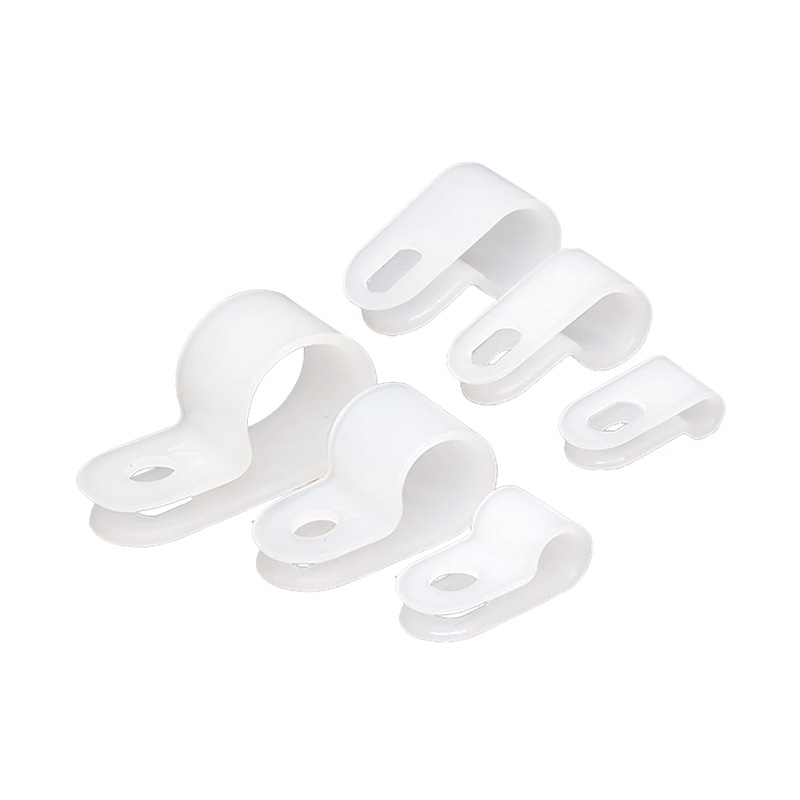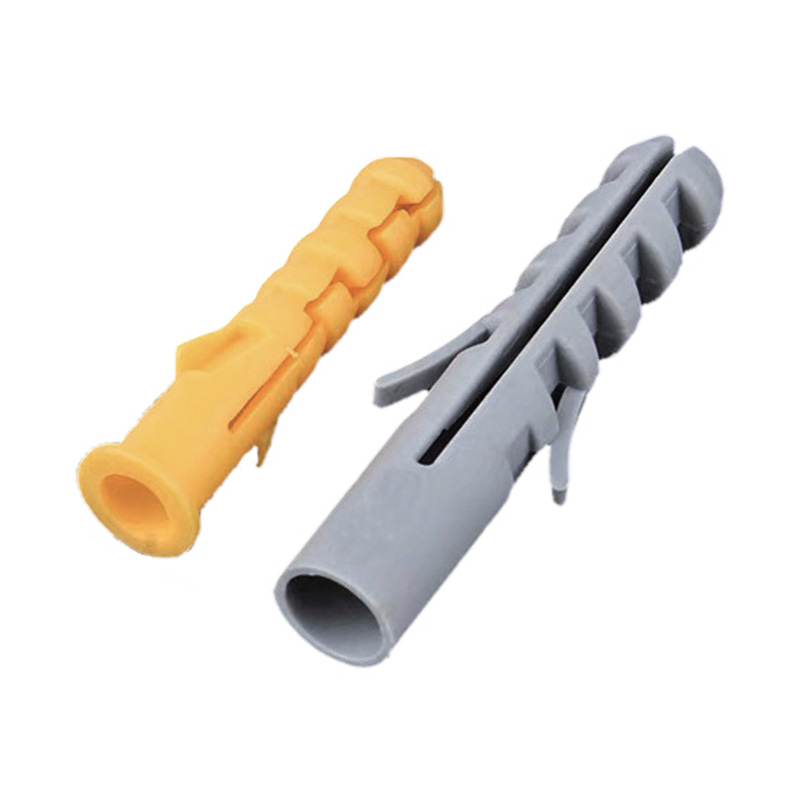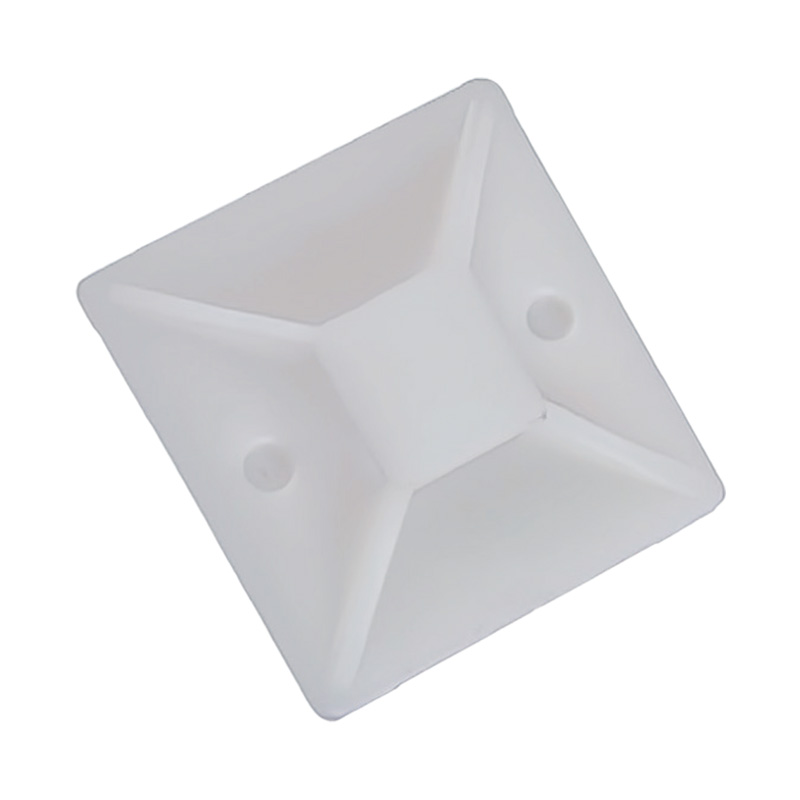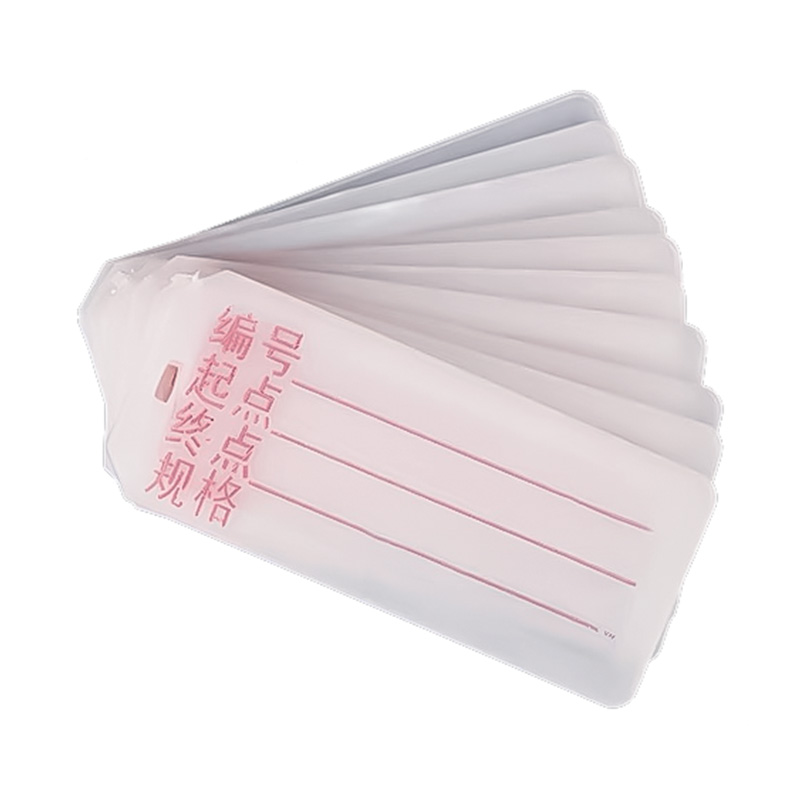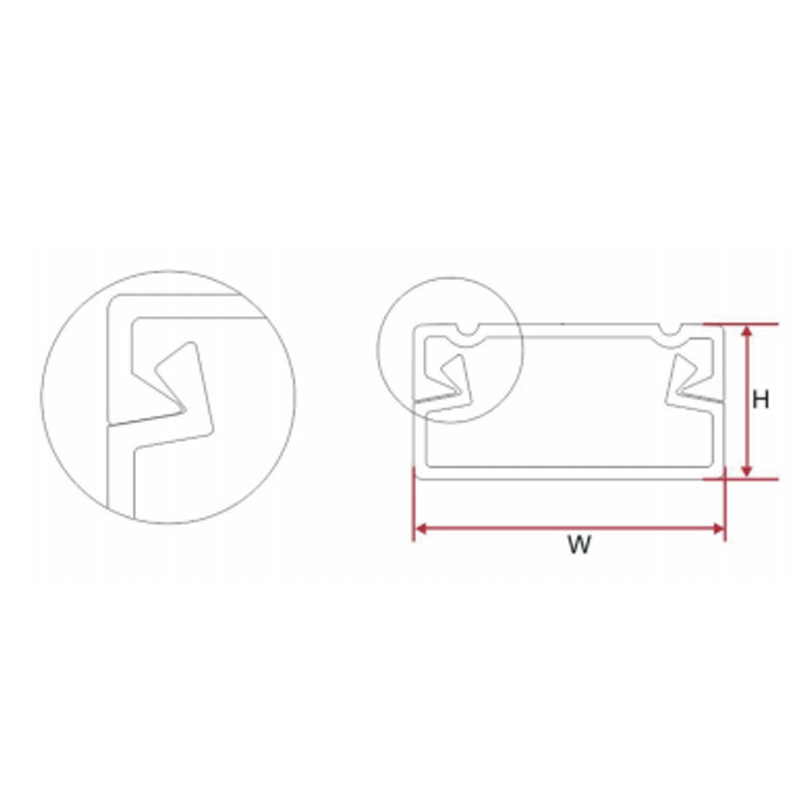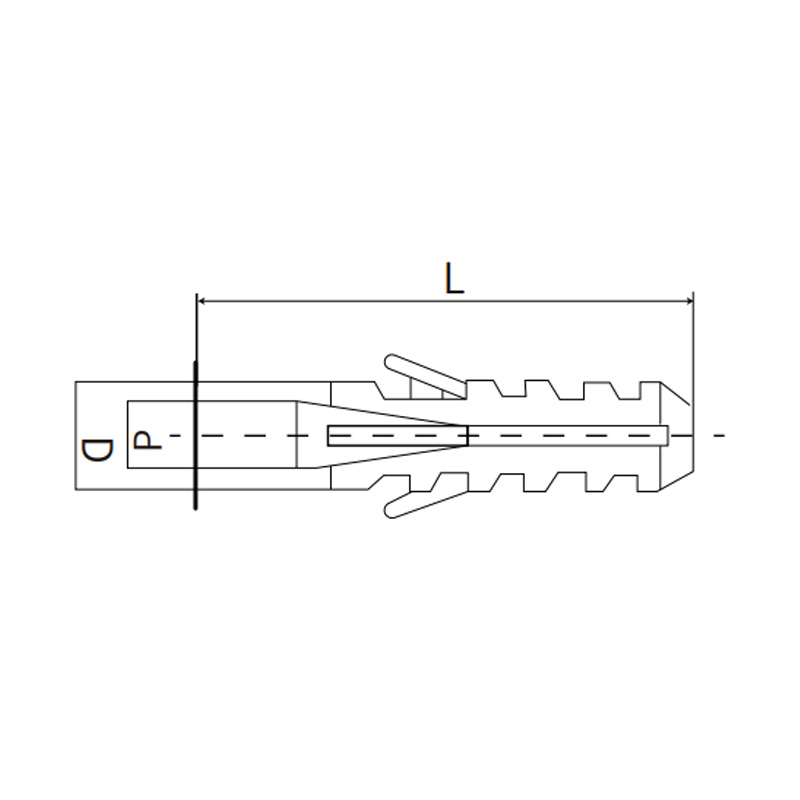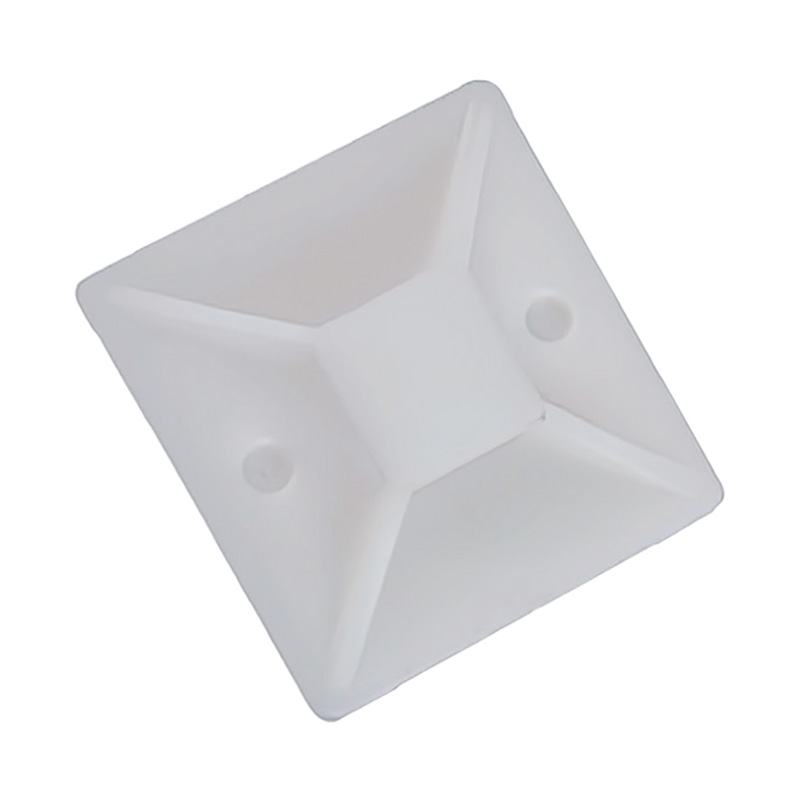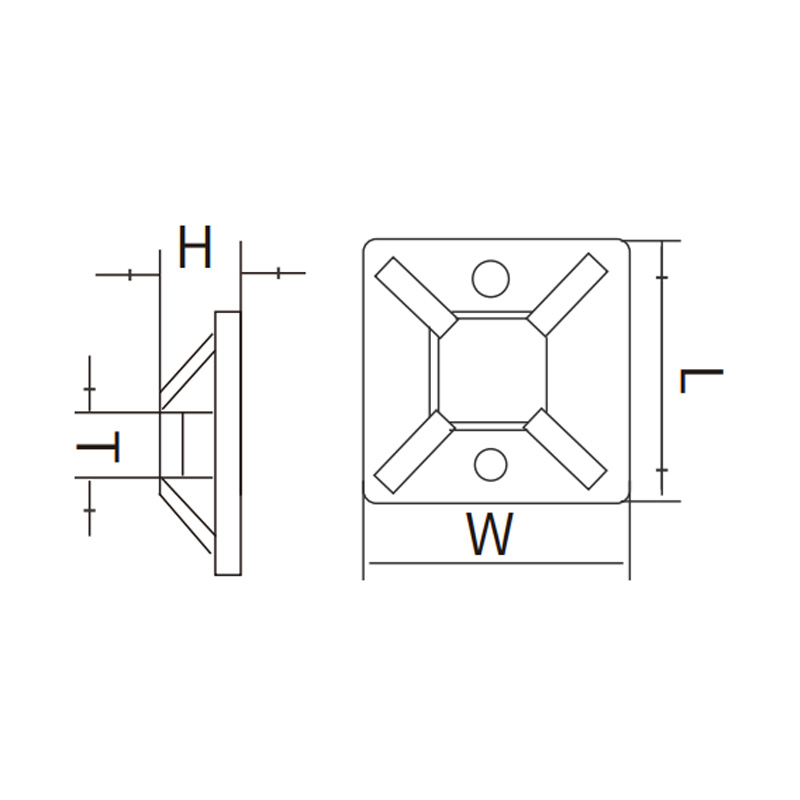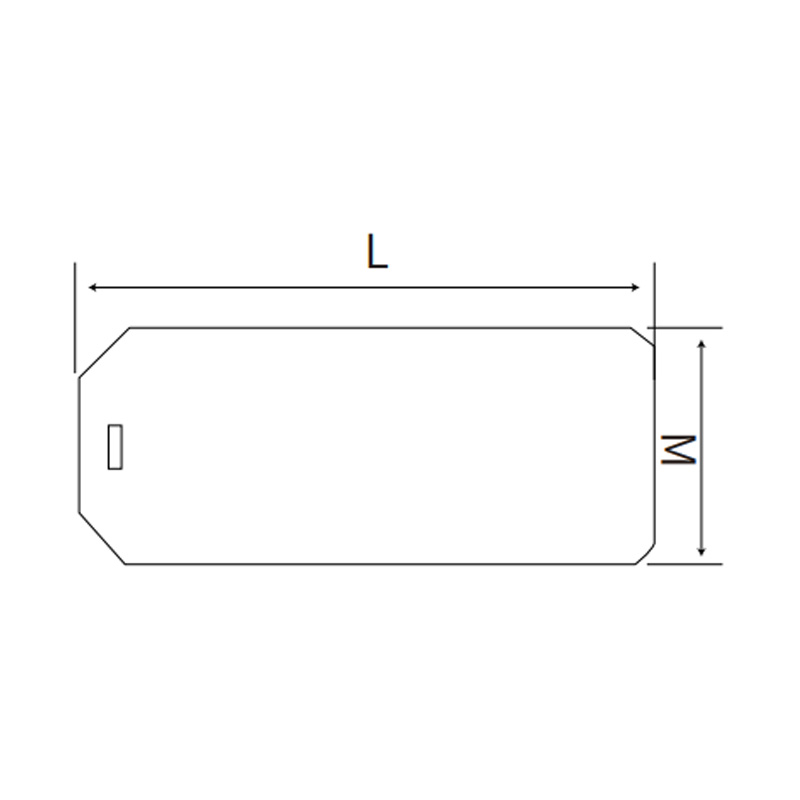Understanding and selecting the correct IP rating is essential when choosing a Waterproof Junction Box or Waterproof Distribution Box. It ensures safety, reliability, and long-term...
READ MORE-
-
Outdoor electrical installations face unique challenges that require specialized components to ensure their reliability and safety. Among the more important components are metal ca...
READ MORE -
Durability is a key factor when designing and maintaining electrical systems. With so many environmental challenges that electrical installations face—such as excessive temperature...
READ MORE -
Safety compliance is not just about adhering to regulations; it’s about protecting people, equipment, and infrastructure from the risks of electrical hazards. Electrical fires, sho...
READ MORE
Industry Knowledge Extension
What is Wiring Equipment? What are the characteristics?
Wiring equipment encompasses the vast array of components, tools, and materials used to facilitate the safe, efficient, and organized installation, protection, and management of electrical circuits. Without this category of products, modern electrification would be impossible. The characteristics of wiring equipment are universally defined by a focus on safety, functionality, and durability.
The defining characteristic is Safety and Protection. The primary role of much wiring equipment is to prevent electrical hazards. This includes protecting the wires themselves from damage (abrasion, crushing, moisture) and, more importantly, protecting people and property from the dangers of electricity. Conduit and cable trunking shield wires from physical impact and environmental factors. Enclosures and junction boxes contain live connections to prevent accidental contact. Cable glands provide a sealed, strain-relieved entry point into equipment, maintaining ingress protection ratings. This focus on safety is non-negotiable and is often codified by strict international standards (e.g., UL, IEC, NEC).
The second key characteristic is Organization and Management. A safe electrical system is also an organized one. Wiring equipment is designed to tame chaos, ensuring circuits are easy to install, trace, and maintain. Cable ties, clamps, and cleats keep bundles of wires neat and secure, preventing tangles and reducing stress on termination points. Wiring ducts (or raceways) and ladder racks provide dedicated pathways for routing cables through buildings and data centers. This organization is critical for troubleshooting faults, performing upgrades, and ensuring proper airflow to prevent overheating in dense panels.
Wiring equipment is defined by its Durability and Environmental Suitability. These components are engineered to perform reliably in their intended environment for years. Materials are carefully selected for properties like UV resistance for outdoor use, corrosion resistance for industrial or marine settings, and flame retardancy for interior spaces. A plastic cable tie for bundling office cables is very different from a stainless steel, heavy-duty clamp for securing cables on an offshore oil rig. This characteristic ensures the longevity and integrity of the electrical installation despite exposure to heat, cold, chemicals, moisture, and physical wear.
WHAT ARE THE ROLE OF Electrical Wiring Supplies, Equipment & Products
The world of electrical wiring supplies is extensive, covering everything from the raw wire itself to the final connector on a device. These products can be broadly categorized into three key functional groups: Conduction and Connection, Protection and Containment, and Support and Organization.
1. Conduction and Connection Products: This is the core of any electrical system—the components that actually carry and manage the electrical current.
Wire and Cable: The fundamental building blocks, available in various gauges (sizes), insulation types (THHN, MTW, etc.), and configurations (single conductor, multi-conductor, coaxial, data cable).
Terminals and Connectors: These products create secure and reliable points of connection. This includes wire nuts and push-in connectors for splicing, spade and ring terminals for terminating wires to screws, and a vast array of plugs, sockets, and pin connectors for equipment.
Termination Blocks: Provide a structured and modular way to connect multiple wires together within a control panel or junction box, simplifying wiring and allowing for easy circuit modification.
2. Protection and Containment Products: This category is dedicated to safeguarding the electrical system from external damage and protecting users from electrical shock.
Conduit and Trunking: Rigid (EMT, PVC) or flexible (LFMC) metal and non-metallic tubes that physically enclose wires, protecting them from impact, moisture, dust, and chemicals. Trunking is a larger, often rectangular raceway used for surface mounting.
Circuit Protection Devices: Essential safety components that automatically shut off power in abnormal conditions. This includes fuses (which break by melting) and circuit breakers (which trip and can be reset) to protect against overcurrent and short circuits.
Enclosures and Boxes: Junction boxes, outlet boxes, and panel enclosures house connections, devices, and controls, preventing accidental contact with live parts and offering environmental protection rated by IP (Ingress Protection) or NEMA standards.
3. Support and Organization Products: These items are the unsung heroes that ensure an installation is professional, maintainable, and reliable over its lifetime.
Cable Management: This includes cable ties, clamps, and cleats to bundle and secure wires; cable trays and ladder racks to support large cable runs overhead; and wiring ducts (finger duct) to neatly route wires inside panels.
Tools and Installation Aids: Specialized tools are wiring supplies in their own right. Wire strippers, crimpers, cutters, cable pullers, and voltage testers are all essential for a safe and correct installation.
Identification and Labeling: Products like wire markers, heat-shrink labels, and printable tags are critical for compliance and maintenance. They allow electricians to easily identify circuits, phases, and destinations, making troubleshooting and modifications far safer and more efficient.


 English
English 中文简体
中文简体 Español
Español عربى
عربى

